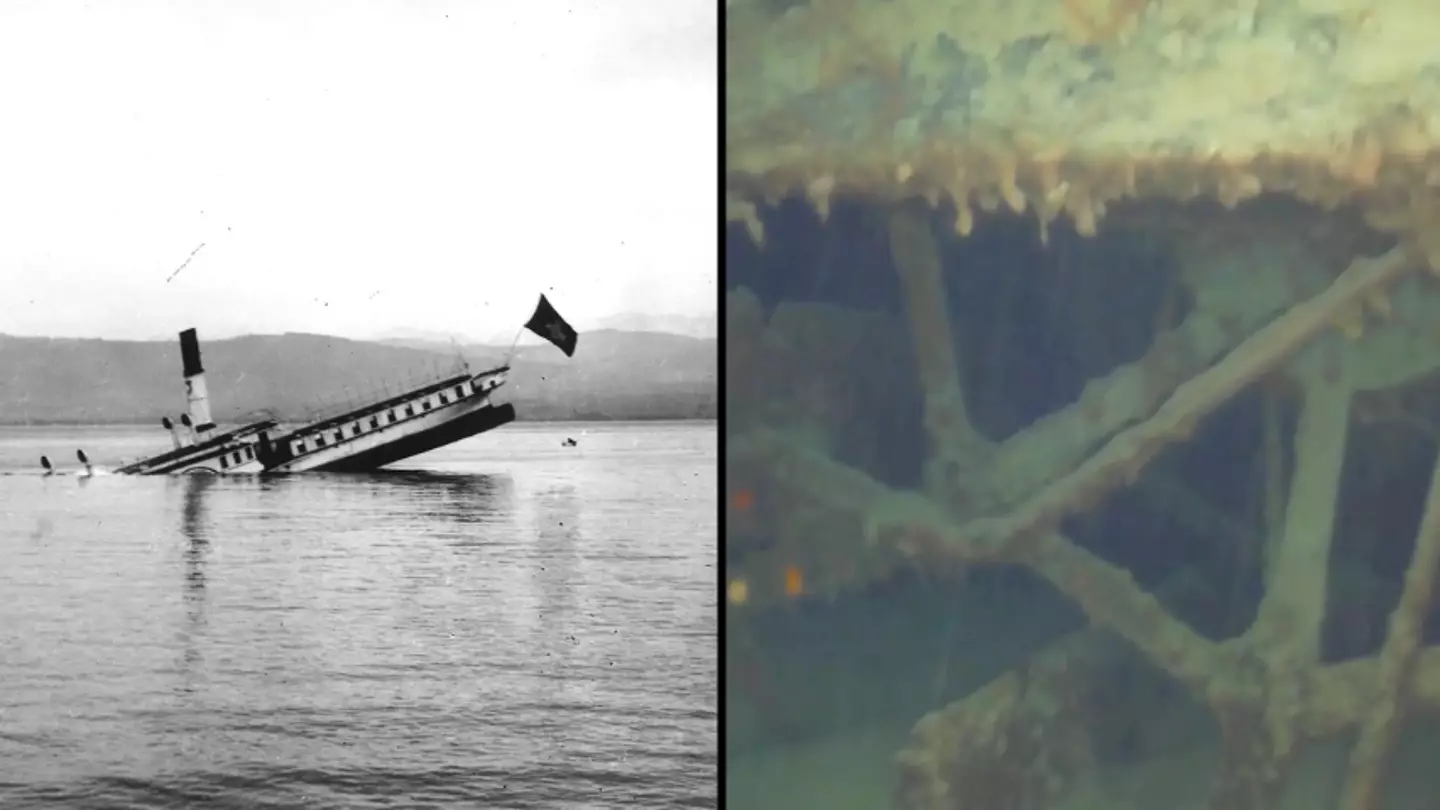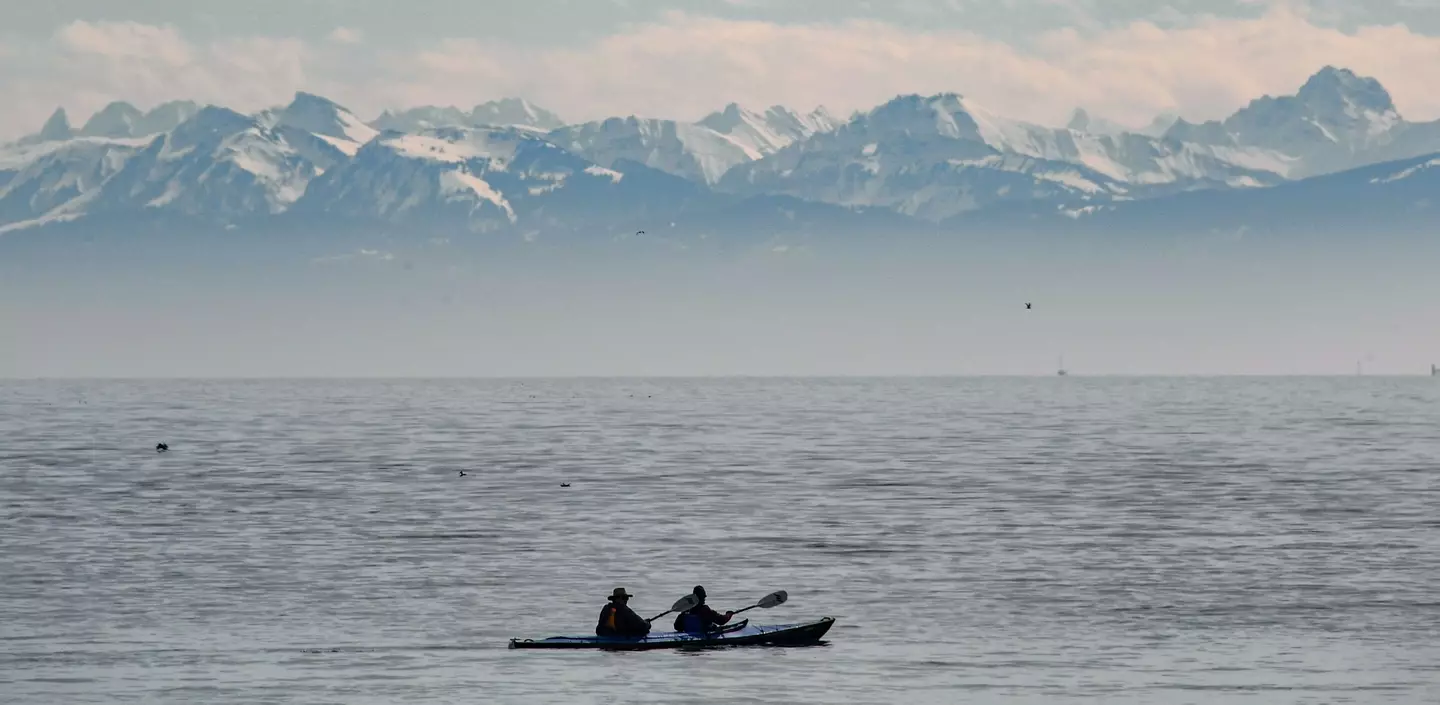
The shipwreck known as the ‘Titanic of the Alps’ is set to finally return to the surface after 90 years.
Named as Säntis, the steamship sank to the bed of Lake Constance way back in 1933.
It's now stuck 210m (689ft) beneath the lake, which borders Germany, Switzerland, and Austria.
The ship was dubbed 'Titanic of the Alps' due to the technical similarities between the two vessels and also because of how her stern rose out of the water as she sank.
Advert
Säntis is also much older than the Titanic and was commissioned 20 years before the famous boat sank, as out of the estimated 2,224 passengers and crew aboard, about 1,500 died.

Unlike the Titanic, however, Säntis will see the light of day again after Swiss authorities gave the Ship Salvage Association permission to raise her next month.
Silvan Paganini, the association’s president, explained the similarities between the two ships, saying: "A three-cylinder steam engine is very rare, so that is one of the similarities from a technical aspect.
“Then there's how the ship sunk: it sunk over the bow - the same like the Titanic. And also the stern went into the air with the flag flying high, that was also similar to the Titanic.”
Advert
Paganini added: “It’s in really good condition.
“We have here a freshwater lake, it’s really deep at 210 metres, it’s very dark there, it’s not much oxygen, so it’s really good conserved.
“You can still see the paint on the side and read the letters on the side of the ship.”

Opening up on why the ship sank, he explained: “The ship was the first one to transfer from coal to an oil-driven engine, and it was a disaster economically.
Advert
“They even discussed that it was so bad that they wanted to go back to coal.
“The ship was sunk because it was not used, and not needed anymore.
“It was a big crisis in 1933, and they took away all that they could still use - so, for example, the whole wooden deck they removed because they could burn the wood to make heat.
“Also some of the doors for example - they were found in cellars in the village here.
“Then they had still the steel left, and in the crisis steel had no price.”
Advert
Following impressive crowdfunding efforts, which secured more than 200,000 Swiss Francs (£182,000), the ship is now set to return to the surface.
The Säntis will then be restored at the nearby shipyard in Romanshorn - where she was previously renovated in 1898.
Paganini said: “We want to present to the public what we have here; what a monument we have from our predecessors. That is the main goal.”
Topics: Travel, World News, Titanic